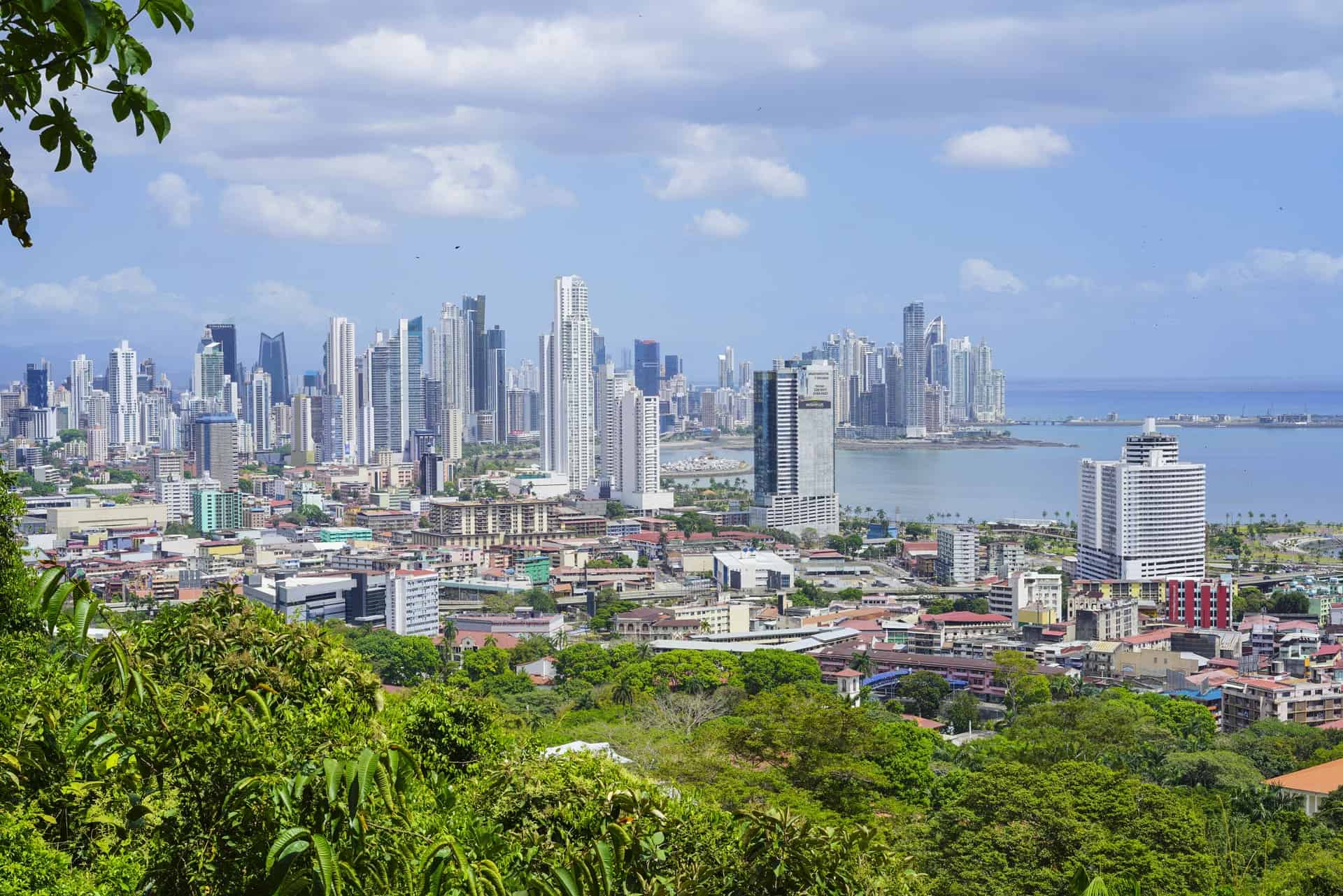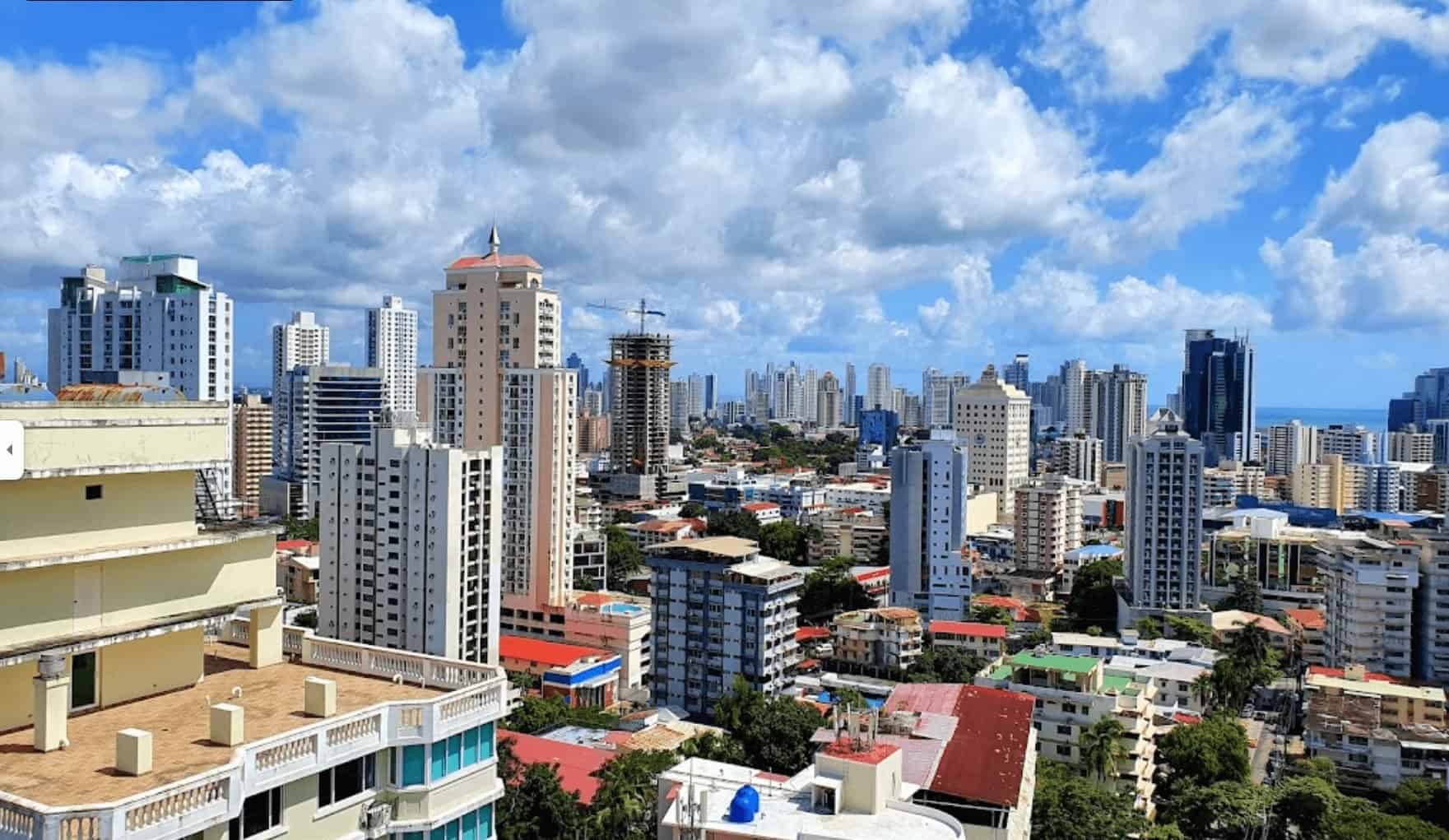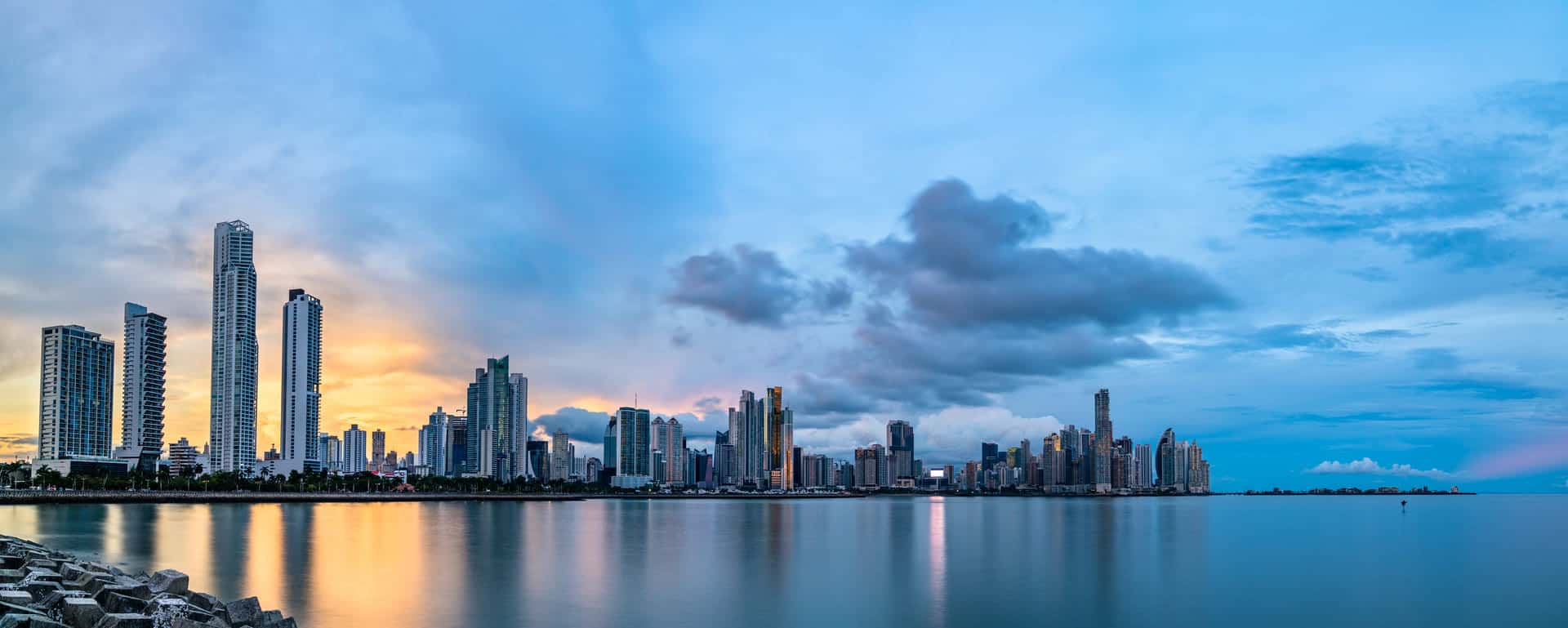In the heart of Central America, the Panama Canal stands as a marvel of modern engineering, a pivotal conduit for international trade, and a catalyst for unprecedented economic transformation. This article delves into the profound impact of the Panama Canal on real estate in Panama, a facet often overshadowed by its global trade significance. Our exploration begins with an understanding of the Canal’s economic influence, highlighting its role not only in trade but also in boosting tourism and international relations. As we navigate through the intricate relationship between the Canal and Panama’s real estate market we will analyze the immediate impacts of it in the adjacent areas, how it increases demand for housing and commercial spaces, and how infrastructure developments reshaped the Panamanian landscape. This article promises to provide a comprehensive overview of how massive engineering has reshaped the economic and physical landscape of a nation. Join us in unraveling the intricate ties between the Panama Canal and Panama’s thriving real estate market.

Historical Background of the Panama Canal
The Panama Canal stands as a monumental achievement in the world of maritime infrastructure. Spanning over 48 miles (77 km) across an international waterway. This extraordinary canal serves as a vital link between the Atlantic Ocean and the Pacific Ocean, offering vessels a shortcut that shaves off a staggering 8000 miles (12,875 km) compared to the laborious journey around the southern tip of South America, Cape Horn. The concept of constructing a canal across the narrow isthmus of Panama dates back to the 15th century, a visionary idea that would revolutionize global trade. The initial foray into this ambitious endeavor was led by France, and directed by the renowned Count Ferdinand de Lesseps, the builder of the Suez Canal in Egypt.
However, it was the United States that ultimately took the reins of this formidable project after the French effort failed. In 1905, John Frank Stevens assumed leadership of the canal initiative. The Americans inherited and improved upon the French construction equipment, but more significantly, they introduced a groundbreaking shift in the canal’s design concept. The original idea of a sea-level canal was transformed into a lock system, involving the raising and lowering of ships. This strategic reconfiguration paved the way for a more feasible and efficient construction process. Remarkably, the Panama Canal was completed well ahead of schedule, with its inauguration occurring on August 15, 1914, a full two years earlier than the anticipated date of June 10, 1916.
The significance of the Panama Canal extends far beyond its impressive engineering feat. This vital waterway serves as a key player in the global movement of various commodities, including Dry Bulk, Container, Chemical Tankers, LPG carriers, LNG, Vehicle carriers, Refrigerated cargo, General Cargo, and Passenger vessels. By traversing the Panama Canal, ships not only save substantial time but also reduce fuel costs significantly. This shorter transit time translates into faster deliveries of goods, a benefit for industries with just-in-time supply chains and for time-sensitive cargoes, including perishable goods. Panama Canal has not only reshaped global trade but has also become an indispensable channel for the efficient movement of goods and vessels across the Atlantic and Pacific Oceans, delivering tangible benefits to industries worldwide.

Economic Impact of the Canal
The Panama Canal, accounting for about 6% of global maritime commerce, is a pivotal element in international trade, significantly impacting Panama’s economy. In 2020, canal tolls generated approximately $2.6 billion, marking a substantial contribution to the nation’s GDP and driving economic growth. This revenue benefits various industries, especially the maritime sector where shipping companies, logistics providers, and port operators prosper due to the Canal’s strategic location. Its influence extends beyond Panama, affecting global trade dynamics, with major economies such as the United States, China, and Japan relying on it for efficient transportation of goods. Furthermore, Panama’s dollarized economy, stable democratic government, and the Canal’s presence make it an attractive destination for foreign direct investment (FDI), enhancing its role as a regional hub and bolstering economic resilience.
The economic prosperity brought about by the Canal directly influences Panama’s real estate market. The combination of the Canal’s operational benefits and the increase in FDI leads to a rising demand for real estate, both commercial and residential. This demand caters to the growing industries, the expanding workforce, and the influx of international residents, thereby driving up real estate prices. As Panama’s economy flourishes, partly due to the Canal’s operations, its real estate market becomes increasingly dynamic and competitive, attracting further investment and development, and underscoring the Canal’s comprehensive impact on the country’s growth and urban development.
Panama Canal Impact on The Real Estate Market
The Panama Canal’s significant influence on Panama’s real estate market cannot be overstated. As a major driver of tourism, the Canal has spurred a substantial increase in the development of vacation rentals, Airbnb accommodations, and hotels, all catering to the consistent influx of visitors. This growth in tourism-related properties has led to a stable source of rental income, contributing to the overall stability of the real estate market.
Beyond catering to tourists, the Canal has also attracted a diverse group of expatriates, retirees, and investors, all drawn to the real estate opportunities in Panama. The presence of a large workforce, both local and international, required for the Canal’s operations and maintenance, has expanded the need for a variety of housing options. This demand spans from affordable housing for the Canal’s staff to more upscale options for expatriates and retirees, reflecting the diverse needs of the population. Such demand diversification has not only ensured immediate rental income for property owners but also hinted at a potential for long-term appreciation in property values.
Strategically located, Panama, buoyed by the Panama Canal, presents an enticing opportunity for property investors. This combination of robust tourism, the necessity for varied housing solutions for workers and foreigners, and ongoing development makes Panama a prime location for long-term real estate investments. The Canal’s extensive impact on the real estate sector emphasizes its role in not only maritime transit but also in driving economic and urban growth in Panama.

Infrastructural Development
The Panama Canal’s expansion is a catalyst for the development of cutting-edge port projects and logistics hubs, strategically designed to allure global manufacturers and elevate Panama’s competitiveness on the world stage. Financed through canal tolls and support from development banks, this expansion sets a remarkable precedent for large-scale infrastructure projects that manage growth without burdening public debt. Panama, buoyed by the expansion, is actively positioning itself as the Singapore or Dubai of Central America. This transformation is not only reshaping Panama’s regional significance but is also altering the landscape for many U.S. and foreign firms engaged in business across Central and South America.
The expansion of the Panama Canal serves as a formidable force, attracting substantial foreign direct investment (FDI) with significant implications for utility services like power and telecommunications. Investments in these critical sectors are indispensable for fostering regional economic development and enhancing productivity. Research indicates that such investments wield the potential to enhance the overall business climate, fostering increased investor confidence. This is achieved by mitigating risks and reducing entry or expansion costs for private enterprises. For example, the announcement of a new metro line can affect real estate prices in surrounding areas even before the system is in operation. From 2006 to 2016, there is a total increase in private investment of approximately $47 billion and an accumulated increase of $87 billion in GDP.
The Panama Canal, A Highlight for Tourism
The Panama Canal, celebrated as one of the 7 Wonders of the Modern World, is more than an engineering marvel; it’s a vital element in boosting Panama’s tourism sector. Attracting over a million visitors each year, the Canal’s Visitor Centers provide a unique perspective on the transit of ships and the rich maritime history of Panama. Despite the pandemic’s impact, these centers still drew over 116,000 visitors in fiscal year 2022, showcasing the canal’s enduring appeal.
The tourism surge driven by the iconic Panama Canal has significantly influenced Panama’s real estate market. The rise in vacation rentals, Airbnb accommodations, and hotels has created a stable source of rental income throughout the year. This trend extends beyond temporary tourism, appealing to expatriates, retirees, and investors keen on exploring Panama’s real estate opportunities. This increased demand not only promises immediate rental income but also foresees a long-term appreciation in property values. Panama, with its strategic location and the dynamic presence of the Panama Canal, offers a lucrative opportunity for property investors. This combination of vibrant tourism and continuous development makes Panama an attractive destination for long-term investments in the real estate market.
Conclusion
The Panama Canal has not only revolutionized global maritime trade but has also had a transformative impact on Panama’s real estate market. This article has explored the multifaceted effects of the Canal, highlighting its role as a linchpin in reshaping Panama’s urban and economic landscape.
The influx of tourists, attracted by the allure of the Canal, has led to a significant increase in the development of vacation rentals, Airbnb accommodations, and hotels. This surge in tourism-centric properties has provided a consistent source of rental income, bolstering the stability of the real estate market. Furthermore, the Canal has become a magnet for a diverse population comprising expatriates, retirees, and investors, all seeking real estate opportunities in Panama. The resultant demand spans a wide spectrum, from affordable housing for Canal workers to luxury accommodations for international residents, indicating a robust and versatile market.
Moreover, the Panama Canal’s role in the country’s real estate dynamics extends beyond its immediate geographic vicinity. It has spurred infrastructural developments, including port projects and logistics hubs, mirroring the economic growth and urban development seen in global hubs like Singapore and Dubai. These advancements have not only enhanced Panama’s regional significance but have also made it a compelling destination for foreign direct investment, particularly in the real estate sector.






